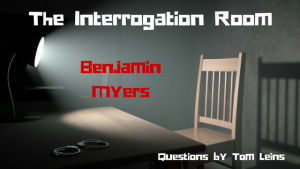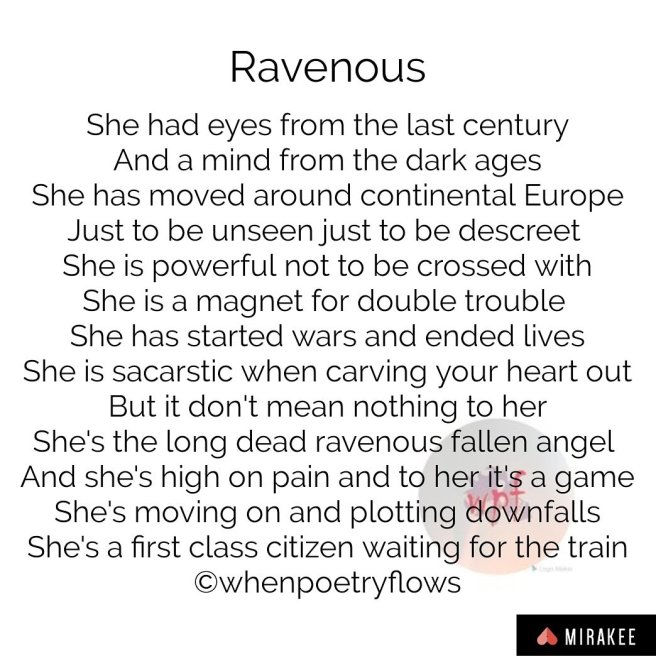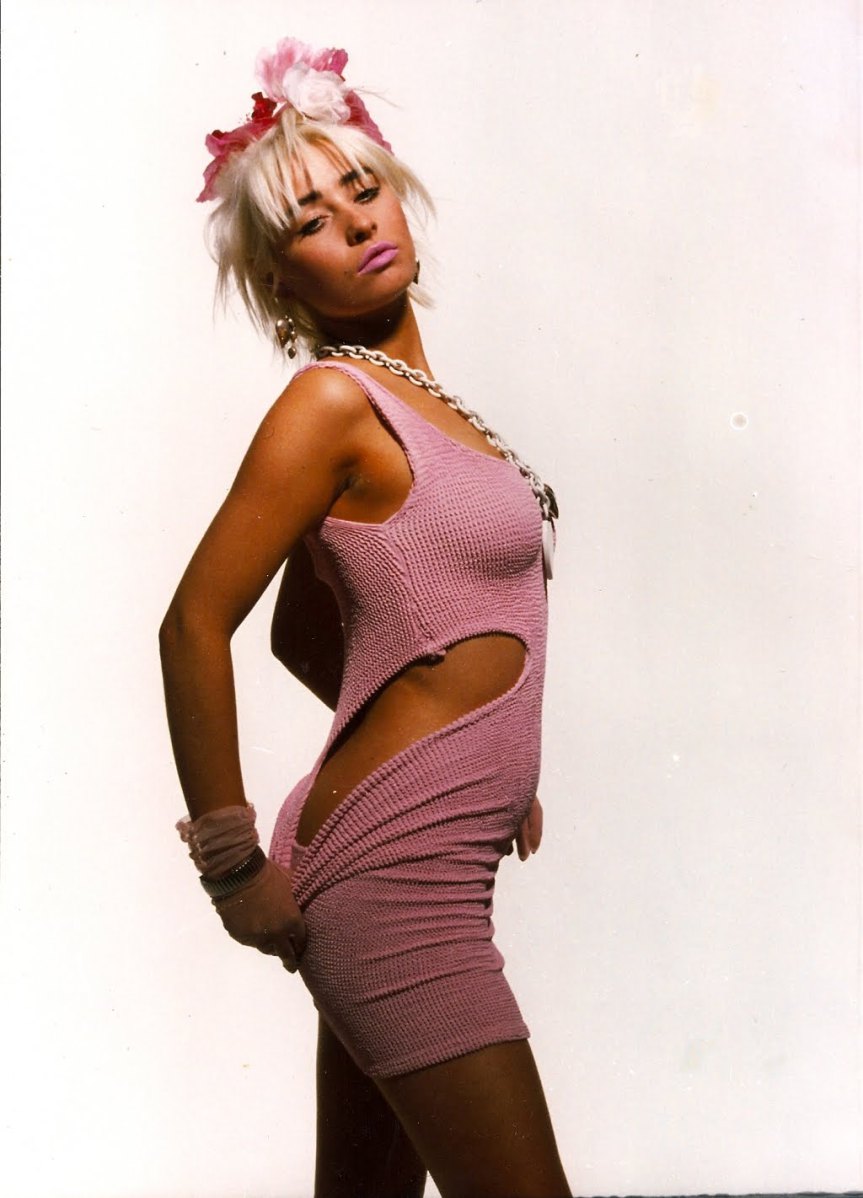Next up in The Interrogation Room… Tom Leins catches up with Benjamin Myers, the award-winning author of Pig Iron, Beastings and The Gallows Pole to discuss his recent crime novels Turning Blue and These Darkening Days.

Turning Blue is one of the most disturbing crime novels I have read in recent years, and some of the imagery was truly stomach-churning. In crime fiction terms, how far is too far?
If you approach a subject with some degree of understanding, research or empathy, then I don’t think too much is off-limits. There’s always a danger of being gratuitous or lazily aiming for shock tactics, but I’m far more offended by the ignorance of, for example, certain politicians than I am by anything I read in fiction. Also nothing that I write about hasn’t already happened at some point in mankind’s long and sordid history; a lot of it is inspired by what I read in the news every single day.
The cadaverous spectre of Jimmy Savile rears his ugly head through predatory light entertainment personality ‘Lovely’ Larry Lister. Turning Blue definitely feels like a post-Operation Yewtree book – was it conceived as a response to the horrors that emerged in the press, or was the book already underway?
I wrote an early draft of the book, and it was something else entirely – a short twisted love story about a lonely farmer who falls in love with a corpse (again, such things have happened). But then the Savile story broke, and he had a lot of ties to where I live – he was from West Yorkshire – so I felt I had to cover it in some way. I was borderline obsessed with Savile for a while actually, or at least with the idea that this man with no charisma or talent could nevertheless ingratiate himself into all levels of British society, from top to bottom, and flourish. He’s emblematic of corruption absolute. A figure that Prime Ministers, royalty, the legal system and the media facilitated and often encouraged. So the concept of moral corruption bled into Turning Blue as I attempted to turn it into a more cohesive and publishable work.
The rural Yorkshire backdrop you write about is incredibly detailed. How much of the location is real, and how much is imagined?
All of it is real. I live close to the moors, the woods, the reservoirs, and am out exploring most days. Some locations are composites, but a lot of the novel takes place in a very real hamlet and town.
The Odeon X also provides an exquisitely grotesque backdrop to some of the book’s queasiest scenes. Is this cinema based on real location?
Yes, it too is based on a real adult sex cinema, though I haven’t been in it. I merely heard about it, did some research, and then let my imagination fill in the gaps. I was surprised to find that such places still exist in the internet age, but seemingly they very much do, which in itself is interesting. It raises lots of questions: who would go to such places? And why?
Last month you published These Darkening Days – the second book in the Mace and Brindle series. When you wrote Turning Blue, was it always intended to be the first instalment in a larger narrative?
After I finished Turning Blue I more or less just carried on writing, straight into half of the next book. I never write novels with a publishing deal in place, so only ever write for myself really. Once they are finished I then send them out. But then other projects took over – most notably my novel The Gallows Pole for at least two years – so These Darkening Days was left on the backburner for a long time. When I picked it up again I was pleased to see it still works, and have signed a deal in France to write a third one in the series.
Speaking of series characters, who are your favourites to read?
I’m not sure I read many series characters really? Ted Lewis’s Jack’s Return Home is a wonderful novel, the follow-up is strong and the third book a stinker, so I see that as a warning really. Derek Raymond’s ‘Factory novels’ are an influence, and David Peace’s Red Riding quartet too, though I have only ever dipped in and out of these.
Turning Blue is a defiantly British story. Who are your favourite British writers – past or present? How have they influenced your own writing?
I’m quite fickle and faddish but I’m a fan of DH Lawrence, Thomas Hardy, John Clare, Ted Hughes, Gordon Burn, George Mackay Brown. I’m reading a lot of William Golding at the moment. Hanif Kureishi was a big influence. George Orwell. I like Julian Cope, Billy Childish. David Storey. Dominic Cooper is a writer few people know about. I suppose I like British writers who create a sense of place, have a unique vision, or in whose work landscape plays a part. There are a few contemporaries I enjoy – Jenn Ashworth, Cynan Jones, Paul Kingsnorth. I read a lot of non-fiction and nature writing too. Recently I’ve enjoyed books by Rob Cowen, Malachy Tallack, Richard Benson, Amy Liptrot.
Which current writers do you consider to be your peers? Any recent books you would care to recommend?
I’m not sure I have any peers as such, as I tend to move between fiction, poetry, non-fiction and journalism, and that confuses people. Also everything I have ever published has been turned down by every major publisher in London, so I feel like an outsider, a black sheep, a reject…and that suits me just fine these days. I’d recommend The Dead of Winter by Dominic Cooper, So The Doves by Heidi James, This Is The Place To Be by Lara Pawson and Attrib by Eley Williams
Finally, what are your future publishing plans?
My new book Under The Rock will be published in May 2018. It’s a non-fiction work about floods, myths, The North of England, badgers, poetry, asbestos, nettles, anxiety, foxes, swimming, nettles. It is, I hope, a sub-psychedelic experience.
For more details please visit www.benmyers.com
Advertisements Share this:





